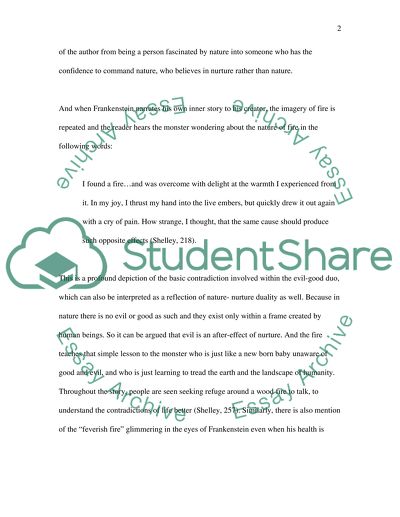Cite this document
(“Shelly Essay Example | Topics and Well Written Essays - 1000 words”, n.d.)
Retrieved from https://studentshare.org/other/1424379-shelly
Retrieved from https://studentshare.org/other/1424379-shelly
(Shelly Essay Example | Topics and Well Written Essays - 1000 Words)
https://studentshare.org/other/1424379-shelly.
https://studentshare.org/other/1424379-shelly.
“Shelly Essay Example | Topics and Well Written Essays - 1000 Words”, n.d. https://studentshare.org/other/1424379-shelly.


